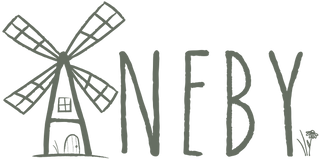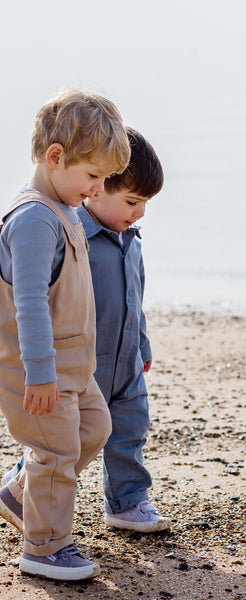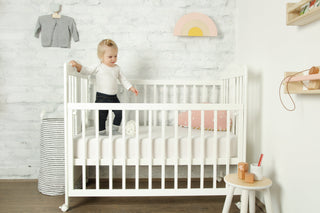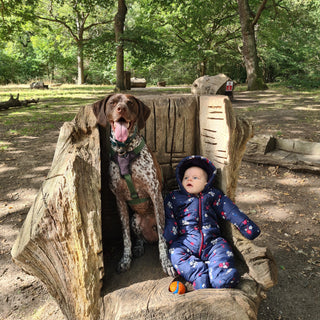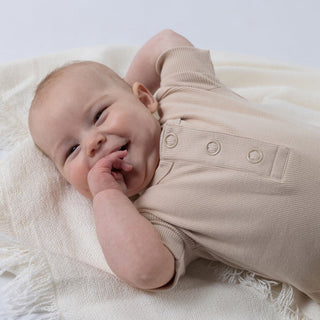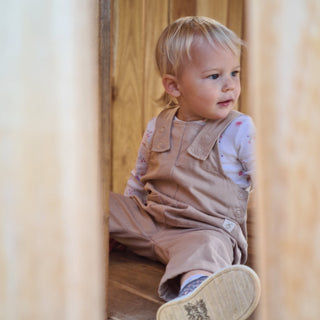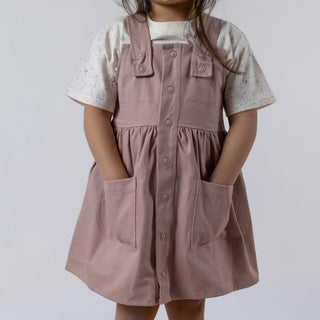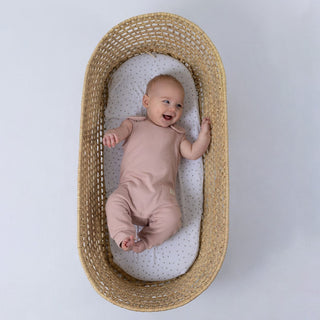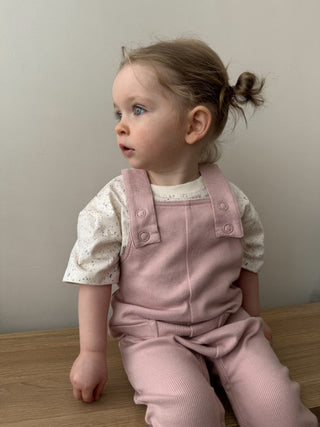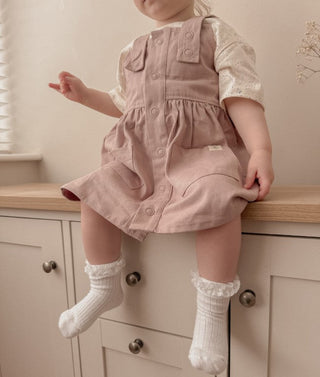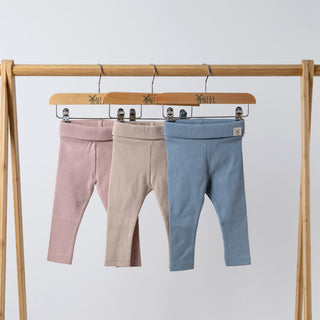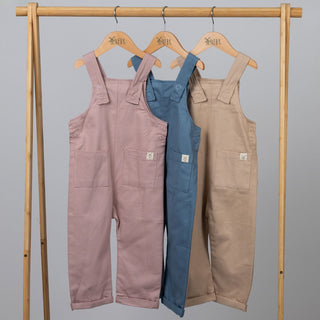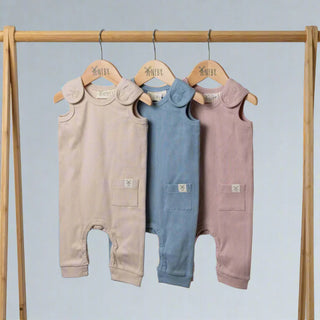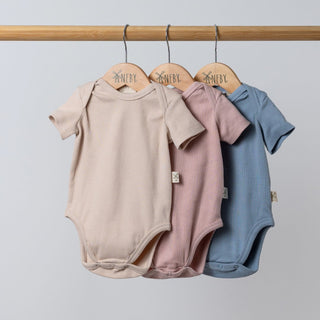Introduction
Living sustainably with a baby is all about the small, everyday decisions. You may not be installing solar panels or growing all your own food, but the way you manage daily care items like nappies, clothing, and laundry makes a real difference over time.
This is especially true when you use reusable nappies or organic fabrics. Both require a little extra attention to keep them in great condition, but with the right routine they can be simple, effective, and part of the natural flow of family life.
Here is how I keep our reusable nappies, baby clothes, and laundry habits eco-friendly without letting them take over the day.
Laundry Routines That Work
When Darcey was born, we went from doing a cycle every other day to daily loads. With Freya’s arrival, and both girls in reusable nappies, it could reach three loads in a single day.
Now, with potty training behind us, we average ten loads a week. That is still more than pre-children, but it feels manageable because we have built a routine.
What works for us:
-
Batch similar loads together (nappies separate from clothes).
-
Stick to a fixed nappy wash schedule.
-
Avoid letting laundry pile up. Start a load as soon as there is enough to fill the drum.
The biggest shift came from accepting that laundry is just part of life with kids. Once it becomes part of the flow, it stops feeling like a constant chore.
Choosing Gentle Detergents for Sensitive Skin
Let’s talk about soiling. Heavy soiling should always be removed straight away. If you don’t, it will cling to the inserts and be much harder to wash out later.
There are a couple of tricks that make this easier:
-
Hold the nappy over the toilet and use the flush to rinse off the worst of it.
-
Give the nappy a good shake; you’ll be surprised how much comes away with a bit of momentum.
-
Keep nappies pre-rinsed before they go into the nappy bin.
And then, there’s the pet problem. Our German Shorthaired Pointer, Dexter, has been known to steal nappies waiting to be washed. On more than one occasion, he’s proudly sprinted around the garden with a soiled nappy like it was his favourite toy. It was less funny when I imagined him doing it on our brand-new carpet. Not only is it unpleasant, but it’s also a genuine hygiene hazard if you’ve got toddlers crawling about. My tip? Always clear the mess quickly and get the nappy sealed in the bin before little hands (or paws) can find it.
Caring for Organic Fabrics and Tackling Stains
One of the joys of organic fabrics is how well they last when cared for properly. The girls have worn Aneby pieces almost daily, and even after months, the softness, colour, and seams hold up beautifully.
Care tips that work:
-
Wash at cooler temperatures (around 30°C).
-
Avoid harsh spin cycles and heavy tumble drying.
-
Pass pieces down or resell, they will still look and feel good.
For stains:
-
Grease marks → a drop of washing-up liquid before washing.
-
Stubborn patches → baking soda paste as a pre-treatment.
-
Natural brightening → dry in sunlight, even on cloudy days.
Acting quickly is the real trick. The longer you leave a stain, the harder it is to remove without harsh chemicals.
Dealing with Soiled Nappies (and a Naughty Dog)
Heavy soiling should always be removed straight away. If you leave it too long, it clings to the inserts and makes washing far more difficult. A quick flush of the toilet or even a firm shake usually takes away the worst of it.
And then there is Dexter, our German Shorthaired Pointer. On more than one occasion he has proudly sprinted around the garden with a dirty nappy in his mouth. He thought it was the prize of the century. We laughed afterwards, but it would not have been funny had it been our carpets instead of the grass. Lesson learned: soiled nappies go straight into the nappy bin. It keeps pets (and little hands) well away and makes life a lot less stressful.
Drying and Storage That Make Life Easier
Drying in the UK can be a challenge, especially in winter when thick nappy inserts take ages. I line dry whenever possible to protect fabrics and save energy, but inserts sometimes get a short tumble to finish them off.
Drying choices:
-
Line dry the waterproof nappy covers (the outer layer that keeps everything contained). This protects the elastic and stops the waterproof coating from breaking down.
-
Air indoors near radiators (but never directly on them). Gentle warmth works best.
-
Tumble only the absorbent inserts when absolutely necessary, and just to finish them off if they are still damp.
Storage systems:
-
Ikea drawer boxes to keep categories separate (leggings, tops, socks).
-
Fold straight from the line into the boxes.
-
Hang special items like all-in-ones and sweatshirts to avoid creases.
This setup means I always know what we have, which stops duplicate purchases and keeps the girls’ wardrobes tidy.
Eco Habits Realistic for Busy Families
I have always cared about sustainability. Before Aneby, I made bamboo reusable make-up pads, but as a working parent, I have learned every habit has to be realistic.
Our achievable habits:
-
Buy second-hand first for everyday wear.
-
Choose organic for the closest-to-skin items.
-
Keep garments in circulation for as long as possible.
-
Forgive ourselves for occasional “non-eco” choices when life gets hectic.
It is not about perfection. It is about consistency. The most sustainable habits are the ones you can keep doing every day without burning out.
Where to go next:
-
Want the full clothing plan → The Ultimate Guide to Organic Baby Clothes
-
Need a room set up that supports your routines → Creating an Eco-Friendly Nursery
-
Want a deep dive on nappies → Reusable vs Disposable Nappies
